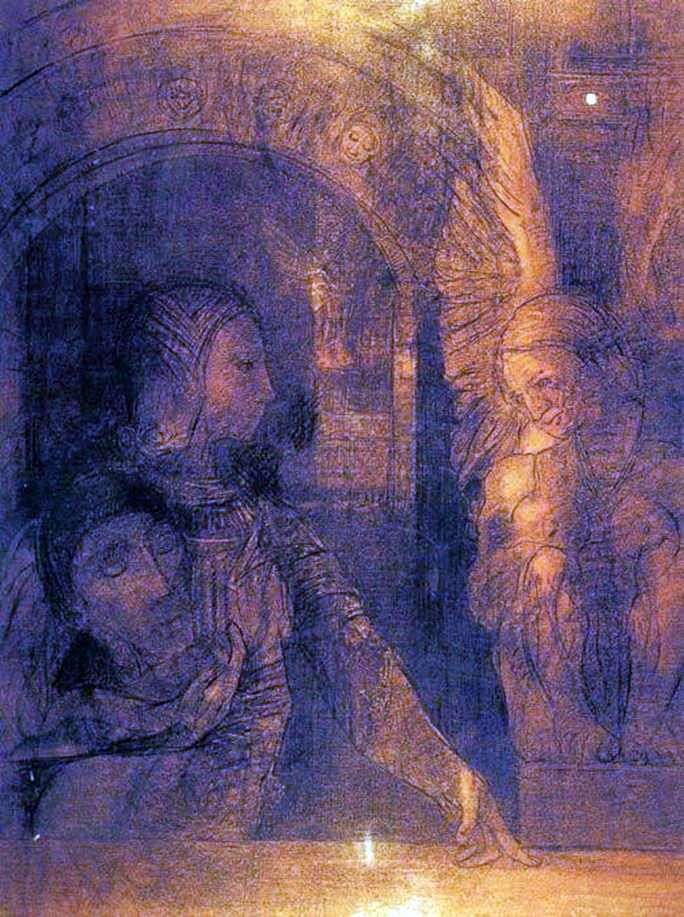
Until the middle of the XIX century, no artist would have thought to show the general public his drawing with coal.
Coal was considered an auxiliary material. They made preliminary sketches, sketches, that is, something that is not intended for the eyes of the audience. By tradition, charcoal for drawing was made from willow or plum, and by the 19th century, coal from grapevine entered the everyday life of painters.
Grape coal provided draftsman more opportunities than plum or willow coal. It could be applied to the paper with a damp sponge, brush or finger, it was well shaded, giving thin transitions of light and shade. Coal worked many famous artists of the time. For example, Camille Corot’s amazing coal landscape sketches have been preserved.
Beginning in the 1860s, charcoal drawings gradually began to come into vogue. Painters began to exhibit their coal works even in the Salon, where they were often honored with compliments. Odilon Redon was one of the foremost charcoal draftsmen. Two of his works are shown here: “The Mysterious Knight or Sphinx” and “The Lady with the Laurel Wreath.”
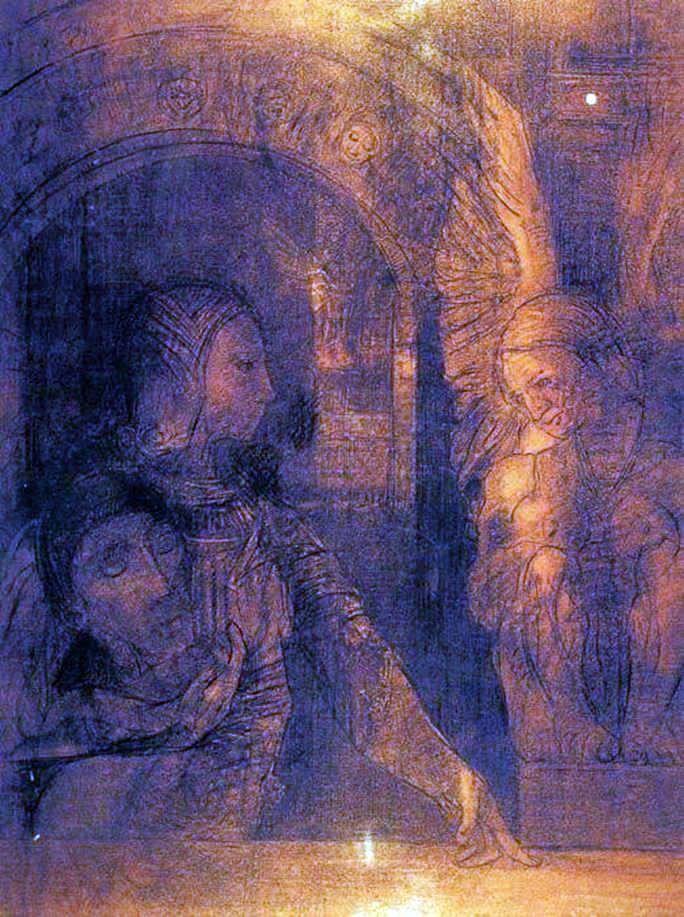 Chevalier mystérieux ou Sphinx – Odilon Redon
Chevalier mystérieux ou Sphinx – Odilon Redon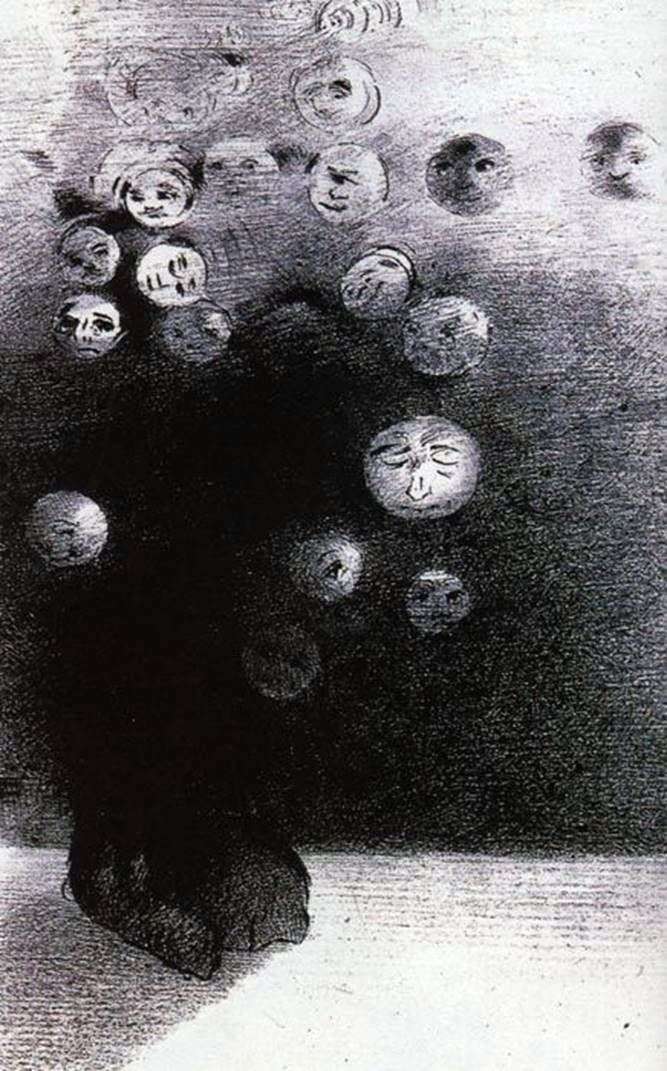 Lithographs by Odilon Redon
Lithographs by Odilon Redon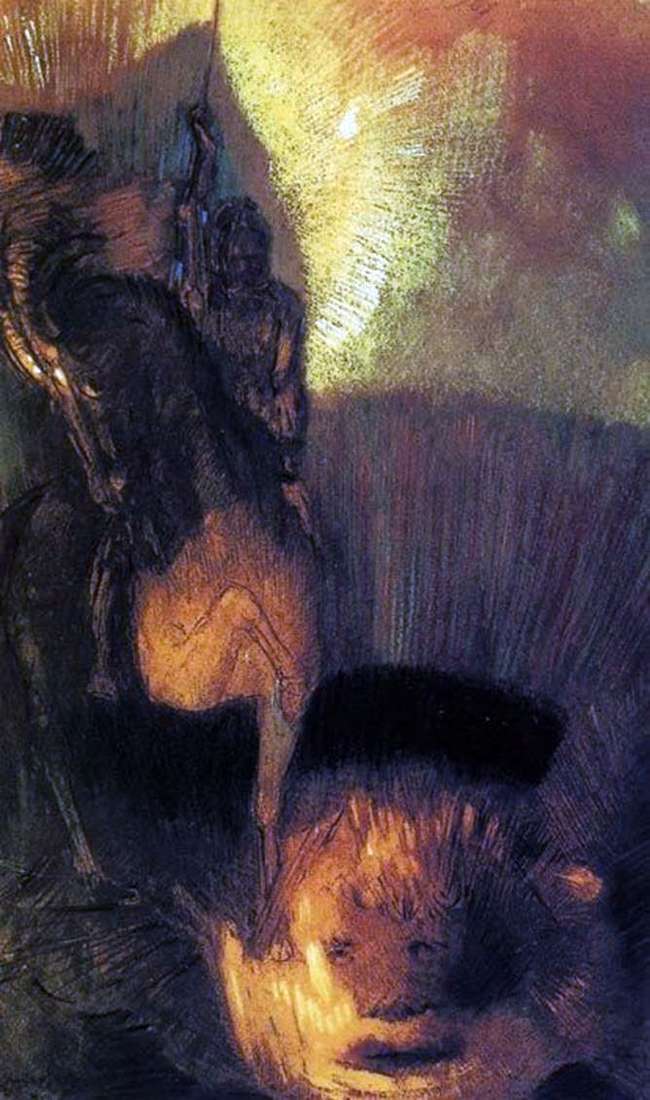 Saint George by Odilon Redon
Saint George by Odilon Redon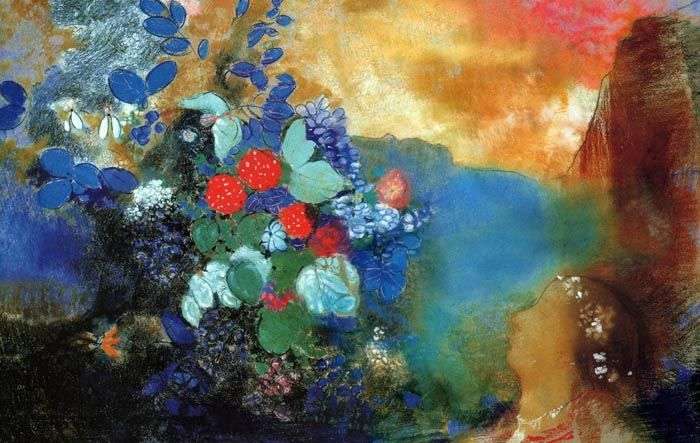 Ophelia among the flowers by Odilon Redon
Ophelia among the flowers by Odilon Redon With eyes closed by Odilon Redon
With eyes closed by Odilon Redon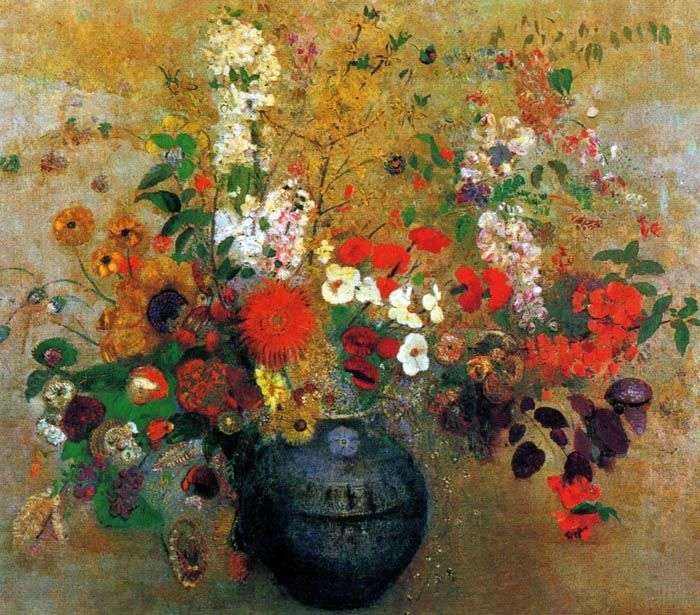 Flower Bouquet by Odilon Redon
Flower Bouquet by Odilon Redon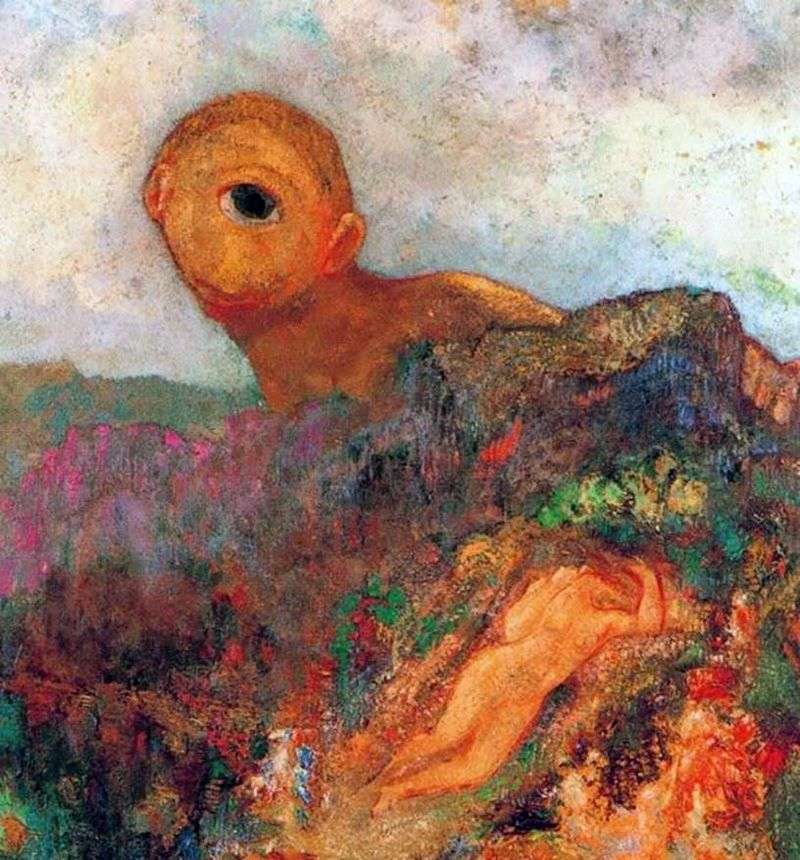 Cyclops by Odilon Redon
Cyclops by Odilon Redon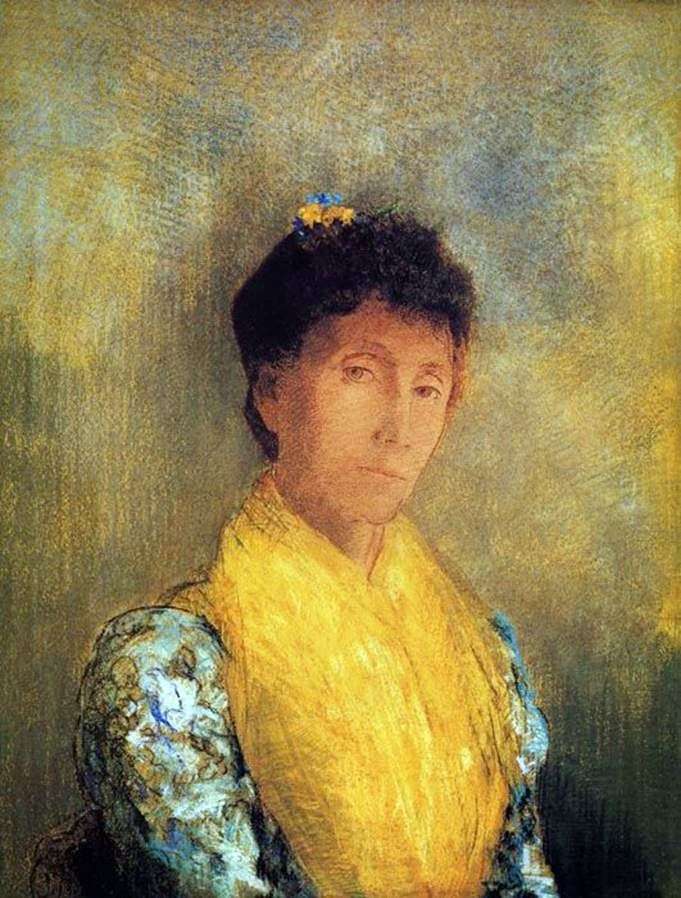 Woman in Yellow by Odilon Redon
Woman in Yellow by Odilon Redon